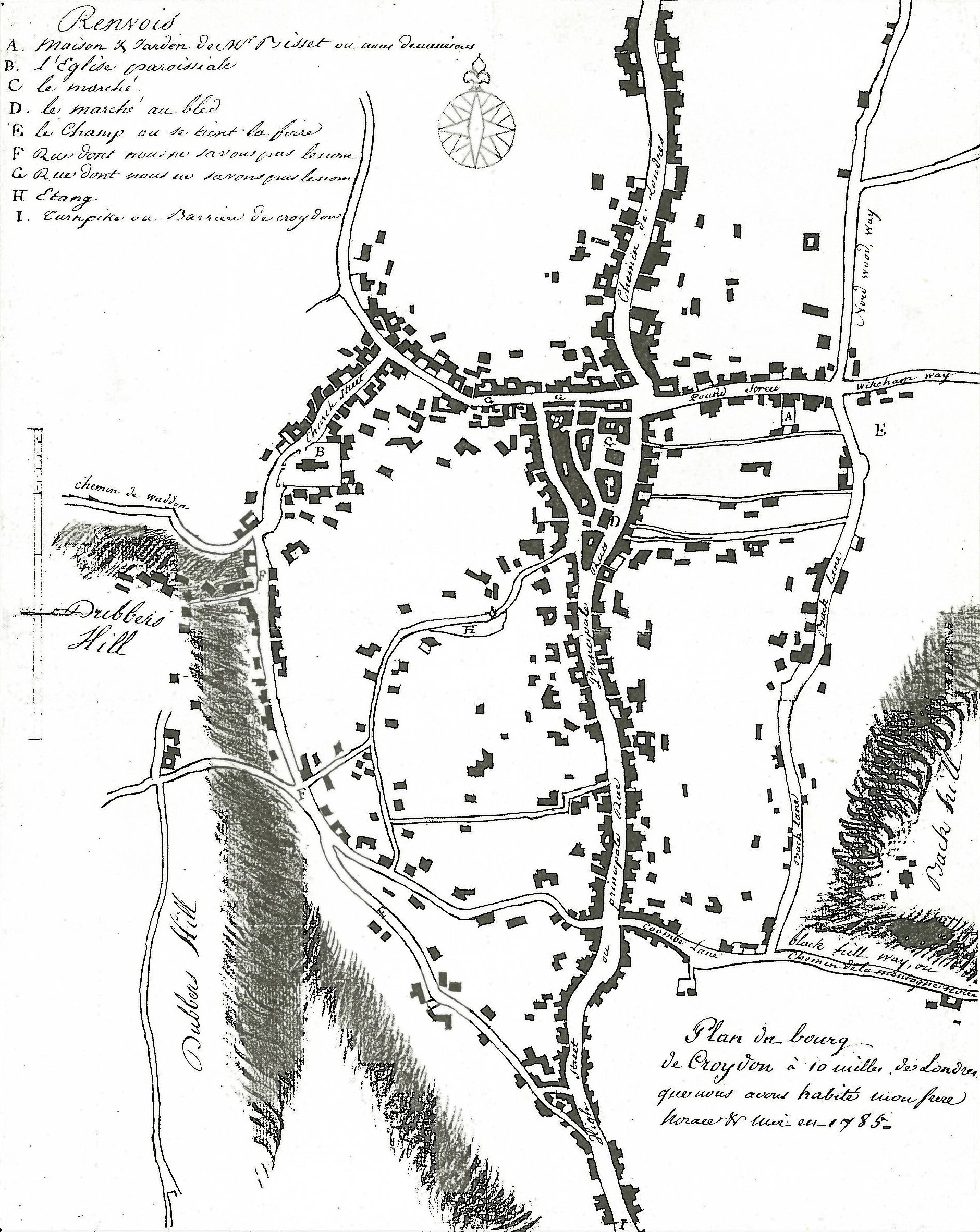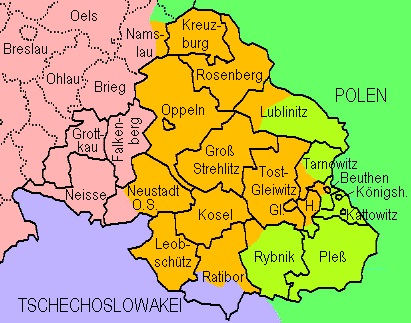|
John Rymer-Jones
Brigadier John Murray Rymer-Jones (12 July 1897 – 17 December 1993) was a British Army and police officer. Early life Rymer-Jones was born in Blackheath, London, and educated at Felsted School and the Royal Military Academy, Woolwich. Military career Commissioned into the Royal Field Artillery in 1916, Rymer-Jones served in France and Flanders during the First World War, winning the Military Cross (MC) in 1917 and a bar in 1918, while serving with the 74th Field Brigade. The citation for his first MC reads: "For conspicuous gallantry and devotion to duty. He went forward with the first wave of the infantry in an attack to the final objective, establishing signal stations at each objective as he went forward. He sent in early information as to the capture of the objectives and other valuable reports. He kept his lines working, continually going about repairing them under heavy fire, and sent in timely information of an enemy concentration for a counter-attack. He showed c ... [...More Info...] [...Related Items...] OR: [Wikipedia] [Google] [Baidu] |
Brigadier (United Kingdom)
Brigadier (Brig) is a senior rank in the British Army and the Royal Marines. Brigadier is the superior rank to colonel, and subordinate to major-general. It corresponds to the rank of brigadier general in many other nations. The rank has a NATO rank code of OF-6, placing it equivalent to the Royal Navy commodore and the Royal Air Force air commodore ranks and the brigadier general (1-star general) rank of the United States military and numerous other NATO nations. Insignia The rank insignia for a brigadier is a St Edward's Crown over three "pips" ( "Bath" stars). The rank insignia for a brigadier-general was crossed sword and baton. Usage Brigadier was originally an appointment conferred on colonels (as commodore was an appointment conferred on naval captains) rather than a substantive rank. However, from 1 November 1947 it became a substantive rank in the British Army. The Royal Marines, however, retained it as an acting rank until 1997, when both commodore and brigadier ... [...More Info...] [...Related Items...] OR: [Wikipedia] [Google] [Baidu] |
Adjutant
Adjutant is a military appointment given to an Officer (armed forces), officer who assists the commanding officer with unit administration, mostly the management of “human resources” in an army unit. The term is used in French-speaking armed forces as a non-commissioned officer rank similar to a master sergeant or warrant officer but is not equivalent to the role or appointment of an adjutant. An adjutant general is commander of an army's administrative services. Etymology Adjutant comes from the Latin ''adiutāns'', present participle of the verb ''adiūtāre'', frequentative form of ''adiuvāre'' 'to help'; the Romans actually used ''adiūtor'' for the noun. Military appointment In various uniformed hierarchies, the term is used for a number of functions, but generally as a principal aide to a commanding officer. A regimental adjutant, garrison adjutant etc. is a staff officer who assists the commanding officer of a regiment, battalion or garrison in the details of reg ... [...More Info...] [...Related Items...] OR: [Wikipedia] [Google] [Baidu] |
Croydon
Croydon is a large town in South London, England, south of Charing Cross. Part of the London Borough of Croydon, a Districts of England, local government district of Greater London; it is one of the largest commercial districts in Greater London, with an extensive shopping area. The entire town had a population of 192,064 as of 2011, whilst the wider borough had a population of 384,837. Historically an ancient parish in the Wallington Hundred of Surrey, at the time of the Norman conquest of England Croydon had a church, a mill, and around 365 inhabitants, as recorded in the Domesday Book of 1086. Croydon expanded in the Middle Ages as a market town and a centre for charcoal production, leather tanning and brewing, with the brewing industry in particular remaining strong for hundreds of years. The Surrey Iron Railway from Croydon to Wandsworth opened in 1803 and was an early public railway. Later 19th century railway building facilitated Croydon's growth as a commuter town for L ... [...More Info...] [...Related Items...] OR: [Wikipedia] [Google] [Baidu] |
Superintendent (police)
Superintendent (Supt) is a rank in the British police and in most English-speaking Commonwealth nations. In many Commonwealth countries, the full version is superintendent of police (SP). The rank is also used in most British Overseas Territories, in many former British colonies, as well as in Portugal and in several former Portuguese colonies. In some countries, such as Italy, the rank of superintendent is a lower rank. Rank insignia of superintendent File:AFPSPR.png, alt=, File:Bangladesh Police SP Rank.svg, alt=, File:RCMP Superintendent.png, alt=, File:New Zealand Police OF-4a.svg, alt=, File:Superintendent of Police.png, alt=, File:Garda Superintendent.png, alt=, File:Vice Questore PS.png, File:Distintivo Superintendente CPSPM.png, File:SP pakistan 1.png, File:Distintivo Superintendente PSP.png, File:SPF-SO-SUPT.svg, File:경정.svg, alt=, File:Swedish-police-rank-04.svg, File:Supt.svg, alt=, File:Superintendent A (Cyprus Police).png, Superintendent ... [...More Info...] [...Related Items...] OR: [Wikipedia] [Google] [Baidu] |
The Times
''The Times'' is a British Newspaper#Daily, daily Newspaper#National, national newspaper based in London. It began in 1785 under the title ''The Daily Universal Register'', adopting its modern name on 1 January 1788. ''The Times'' and its sister paper ''The Sunday Times'' (founded in 1821), are published by Times Media, since 1981 a subsidiary of News UK, in turn wholly owned by News Corp. ''The Times'' and ''The Sunday Times'' were founded independently and have had common ownership only since 1966. It is considered a newspaper of record in the UK. ''The Times'' was the first newspaper to bear that name, inspiring numerous other papers around the world. In countries where these other titles are popular, the newspaper is often referred to as or , although the newspaper is of national scope and distribution. ''The Times'' had an average daily circulation of 365,880 in March 2020; in the same period, ''The Sunday Times'' had an average weekly circulation of 647,622. The two ... [...More Info...] [...Related Items...] OR: [Wikipedia] [Google] [Baidu] |
Metropolitan Borough Of Hackney
The Metropolitan Borough of Hackney was a Metropolitan boroughs of the County of London, metropolitan borough of the County of London from 1900 to 1965. Its area became part of the London Borough of Hackney. Formation and boundaries The borough was one of twenty-eight metropolitan boroughs created by the London Government Act 1899. It was the successor to the vestry of the Hackney (parish), parish of Hackney, which had been the local authority since 1894. Between 1855 and 1894 the parish had been administered with Stoke Newington as the Hackney District (Metropolis), Hackney District. The boundaries of Hackney with the neighbouring boroughs were adjusted slightly in 1900: Hackney gained the east side of Bethune Road from Metropolitan Borough of Stoke Newington, Stoke Newington and the south side of Balls Pond Road from Islington; it lost the west side of Southgate Road to Islington. The boundary with Metropolitan Borough of Shoreditch, Shoreditch was altered to run along the Reg ... [...More Info...] [...Related Items...] OR: [Wikipedia] [Google] [Baidu] |
Shanghai Defence Force
The Shanghai Defence Force was a tri-service military formation established by the British Government to protect European nationals and their property in Shanghai from Chinese nationalist forces during a period of tension in 1927. History Following the Xinhai Revolution in China, the country was divided between warlords in 1912. In January 1927 the British Concession in Hankou was invaded by nationalist forces undertaking their Northern Expedition which sought to unify China. Following a request from the Commander-in-Chief, China Station the Shanghai Defence Force was established under the leadership of Major-General John Duncan later that month amidst concerns that British lives and properties were at risk during the unrest in China at the time.Milestones of Flight [...More Info...] [...Related Items...] OR: [Wikipedia] [Google] [Baidu] |
Staff Officer
A military staff or general staff (also referred to as army staff, navy staff, or air staff within the individual services) is a group of officers, enlisted, and civilian staff who serve the commander of a division or other large military unit in their command and control role through planning, analysis, and information gathering, as well as by relaying, coordinating, and supervising the execution of their plans and orders, especially in case of multiple simultaneous and rapidly changing complex operations. They are organised into functional groups such as administration, logistics, operations, intelligence, training, etc. They provide multi-directional flow of information between a commanding officer, subordinate military units and other stakeholders.PK Mallick, 2011Staff System in the Indian Army: Time for Change Centre for Land Warfare Studies, New Delhi, vol 31. A centralised general staff results in tighter top-down control but requires larger staff at headquart ... [...More Info...] [...Related Items...] OR: [Wikipedia] [Google] [Baidu] |
Upper Silesia Plebiscite
The Upper Silesia plebiscite was a plebiscite mandated by the Versailles Treaty and carried out on 20 March 1921 to determine ownership of the province of Upper Silesia between Weimar Germany and the Second Polish Republic. The region was ethnically mixed with both Germans and Polish people, Poles. According to prewar statistics, ethnic Poles formed 60 percent of the population. Under the previous rule by the German Empire, Poles claimed they had faced discrimination and had been effectively second-class citizens. The period of the plebiscite campaign and the Allies of World War I, Allied occupation was marked by violence. Silesian Uprisings, Three Polish uprisings occurred, and German volunteer paramilitary units came to the region. The area was policed by French, British and Italian troops and overseen by an Interallied Commission. The Allies planned a partition of the region, but a Polish insurgency took control of over half the area. The Germans responded with the Freikorps ... [...More Info...] [...Related Items...] OR: [Wikipedia] [Google] [Baidu] |
Upper Silesia
Upper Silesia ( ; ; ; ; Silesian German: ; ) is the southeastern part of the historical and geographical region of Silesia, located today mostly in Poland, with small parts in the Czech Republic. The area is predominantly known for its heavy industry (mining and metallurgy). Geography Upper Silesia is situated on the upper Oder River, north of the Eastern Sudetes mountain range and the Moravian Gate, which form the southern border with the historic Moravia region. Within the adjacent Silesian Beskids to the east, the Vistula River rises and turns eastwards, the Biała and Przemsza tributaries mark the eastern border with Lesser Poland. In the north, Upper Silesia borders on Greater Poland, and in the west on the Lower Silesian lands (the adjacent region around Wrocław also referred to as Middle Silesia). It is currently split into a larger Polish and the smaller Czech Silesian part, which is located within the Czech regions of Moravia-Silesia and Olomouc. The P ... [...More Info...] [...Related Items...] OR: [Wikipedia] [Google] [Baidu] |


